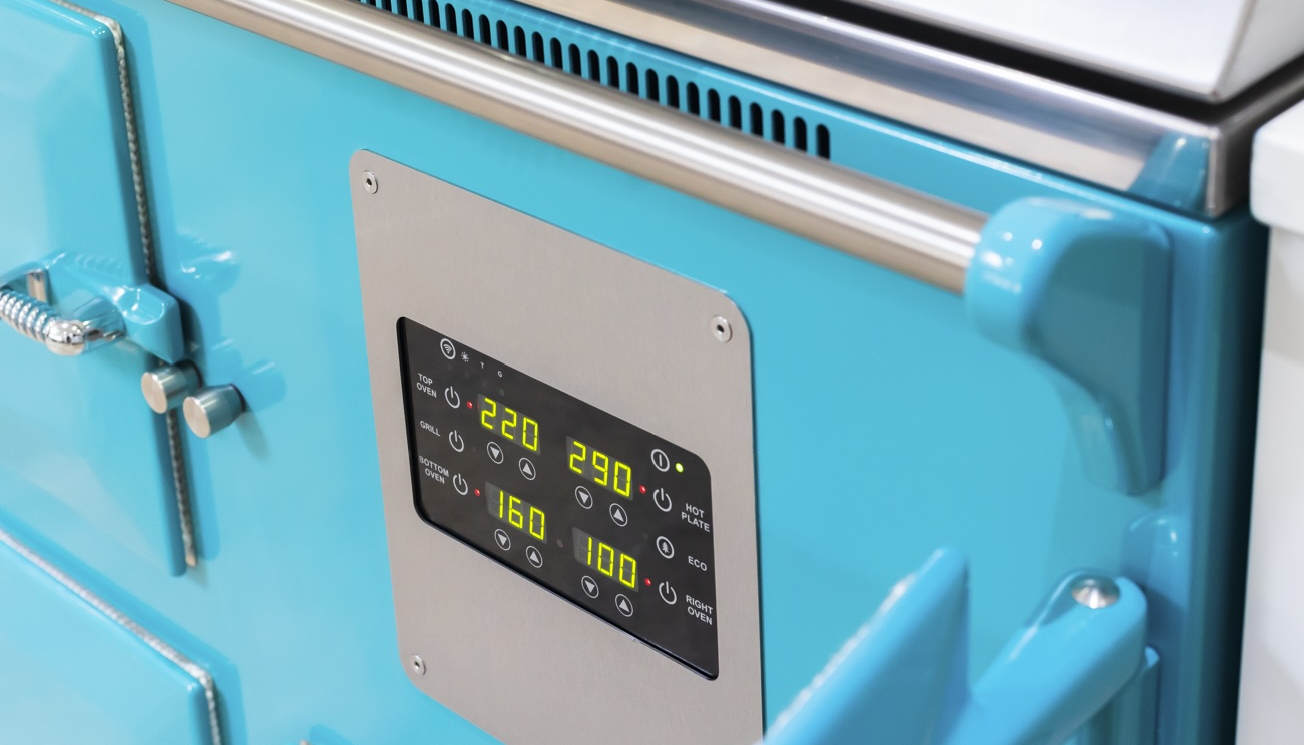Neolith's Ross Stewart – Why the future of worktops is sintered stone

Neolith's Ross Stewart – Why the future of worktops is sintered stone
Ross Stewart, senior sales manager for Neolith, explains why he believes sintered stone's durable qualities give it the edge over other surfaces on the market, and what the brand is doing to push the industry forwards.
Sintered stone outperforms all other types of surfaces, yet many designers are still unaware of its exceptionally durable, versatile and sustainable qualities.
There’s nothing more dispiriting for a designer than a call from a client who has accidentally damaged their worktop within the first week of a completed project, but it happens. The robust appearance of many other types of worktops can give a false sense of security that they are more heat resistant than they actually are. Sintered stone goes a step further in the endurability stakes. It is objectively more heat and stain-resistant than other surfaces allowing pans to be placed directly on top. Neolith is even certified for use with the growing category of 'invisible hobs'; induction cooktops that are installed directly under the worktop to offer a seamless design aesthetic as well as wowing guests at dinner parties.
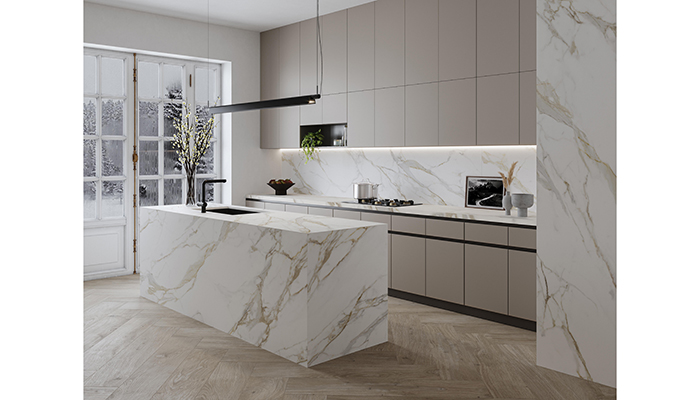
Crafted through an ingenious process of extreme heat and pressure, sintered stone is an enduring material with the capability to retain its sleek appearance for generations. Whether in bustling commercial kitchens, high-traffic office spaces, shower enclosures or residential worktops, these surfaces must withstand daily use while maintaining their pristine appearance. Sintered stone excels in this regard. Engineered through advanced sintering technology, it boasts exceptional resistance to scratches, stains, heat, and UV rays.

In an era marked by heightened environmental consciousness, the demand for sustainable materials has never been greater. Sintered stone is a frontrunner for several reasons. Neolith sintered stone is one of the kindest to the planet. It uses natural raw materials, and some of its models are made up to 98% from recycled materials – so we’re striving to be even more circular. Neolith already has the lowest range of silica content on the market, and after extensive investment in R&D, in 2024 we begin the international roll out of crystalline silica-free surfaces. For kitchen designers that genuinely care about sustainability, Neolith sintered stone is a win-win.
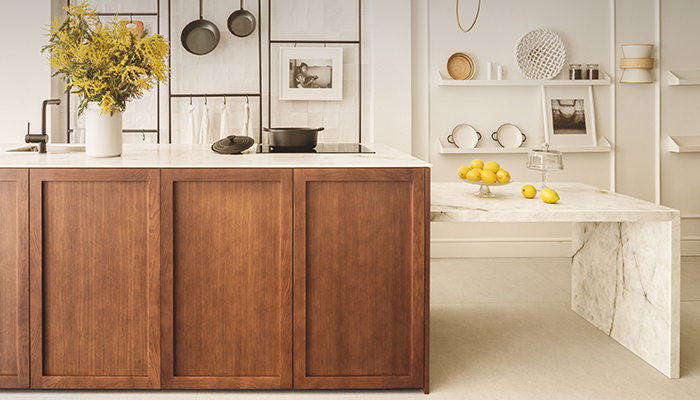
Due to its non-porous composition the surfaces repels liquids and help prevent the proliferation of bacteria, simplifying cleaning and maintenance routines. Due to the large-size format of Neolith stone, there very few seams, making it very clean both in terms of design and hygiene.
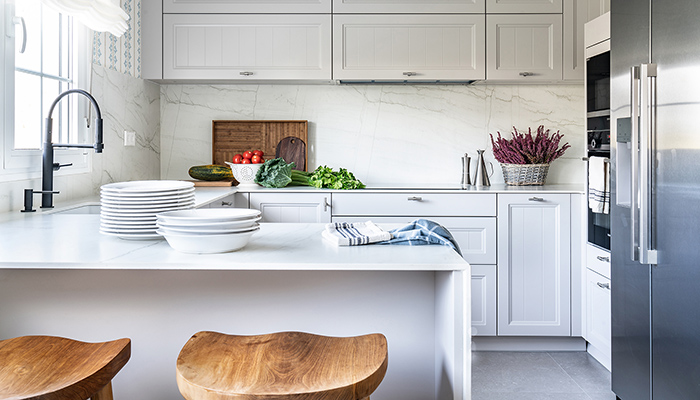
In earlier days, there was an impression that sintered stone was more difficult to work with. However, in recent years, the tooling required to work with sintered stone has come on leaps and bounds to the extent that it can be processed by fabricators at the same speeds that are expected when working with quartz.

Beyond its enduring qualities, sintered stone offers an expansive range of possibilities for design. Available in myriad colours, patterns, and textures, it caters to the diverse tastes and preferences of designers and homeowners. Whether emulating the natural beauty of marble, the rugged charm of concrete, the rustic look of wood, or the sleek elegance of granite, sintered stone seamlessly integrates into any aesthetic vision.
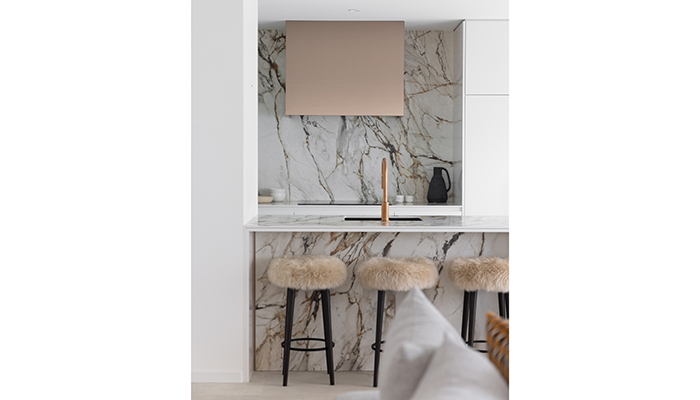
Tags: insight, features, ross stewart, neolith, sintered stone, surfaces, kitchens























